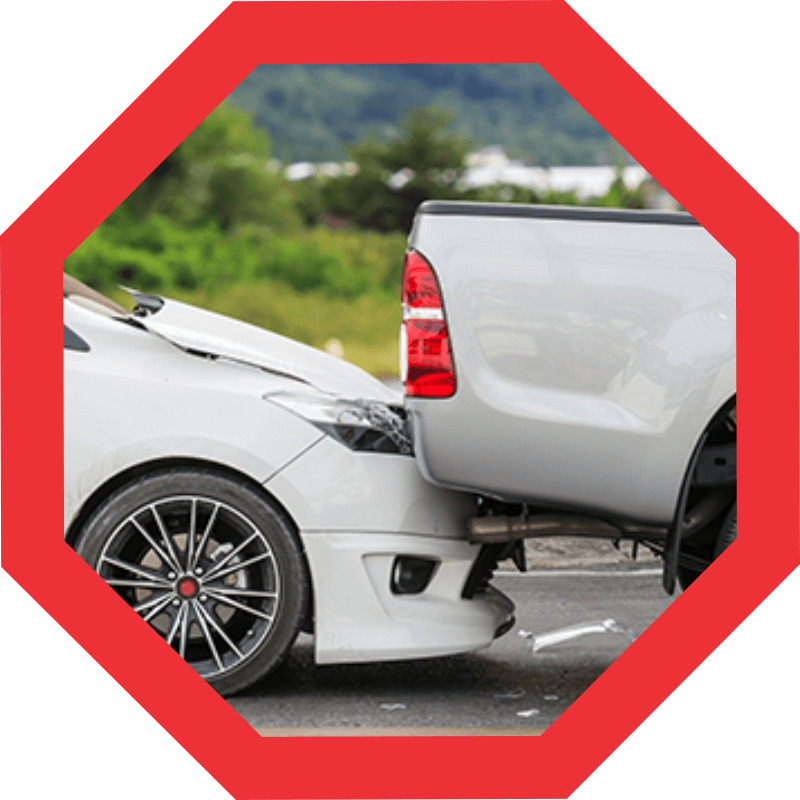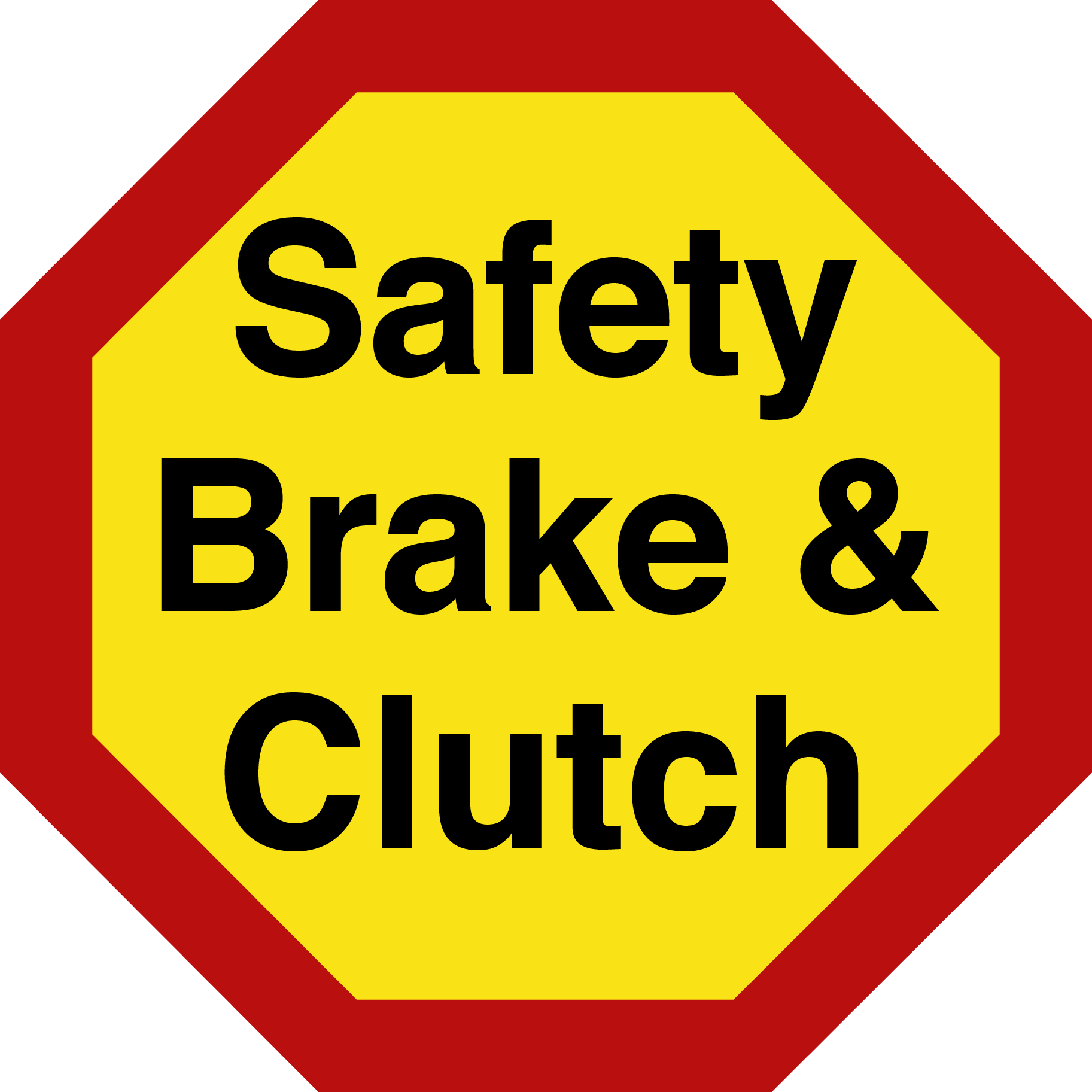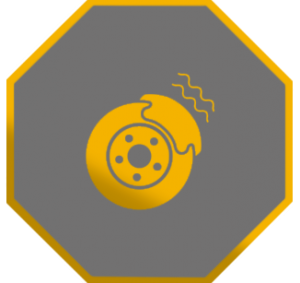BRAKES
Grinding Sound
This indicates the possibility of warn brake pads or linings. Get it checked immediately.
Warning Light
Your brakes could be near total failure. If your car is displaying this warning sign, get it checked immediately.
Spongy Pedal
If your brake pedal feels spongy after heavy use, this could indicate moisture in the brake fluid.
Pulsating Brake
This indicates that the brake discs/drums are out of alignment, which can lead to increased wear in the braking system & uneven tyre wear.
Brake Repair
Upon your arrival at Safety Brake & Clutch, your brake discs and pads are inspected to determine the extent of any wear and tear, and whether brake repair or replacement is required. The brake discs are checked for their smooth, even surface. The brake pads have to have a specific amount of space between them and the disc – this spacing increases over time as the pads become worn.
If you know you know your way around the mechanics of a car, you’ll know that older model cars’ back wheels use a different system for stopping your car. This is called the drum brake system and it works on the premise of using friction to stop your car as well, but just using different components: a drum (instead of a disc) and a component called a shoe (instead of a pad). When you step on your brake pedal, the shoe expands outwards to stop the drum from rotating (whereas the pad presses inwards against the brake disc).
But even if your car has the newer system of brake discs and pads for both the front and back wheels, you will still be catered for.
There are a number of indicators that tell you about the state of your brakes and clutch, when you know what to look out for, it makes it easier to fix sooner.
Find out what signs your car will give you when in need of brake replacement or clutch replacement.

BRAKE FLUID
Some aspects of driving a functional car – like brake fluid – are frequently neglected. Find out why it’s important and how we assess when you bring it to us.
We inspect your brake fluid when your car drives into our workshop. Brake fluid deteriorates because of its ability to draw moisture. The more water your brake fluid has extracted from the air, the faster it corrodes and loses its properties as a good hydraulic fluid.
It’s not just the hard components that need checking. Your brakes function in part as a hydraulic system so the condition of the brake fluid heavily influences how they work. The brake fluid is what removes you from the equation of having to exert heavy forces, and instead allows you to be able to stop a moving car with a just a little pressure from your foot.
Low viscosity allows the fluid to move quickly when you put your foot on the pedal. If the fluid is too thick, it will affect the reaction time of your brakes. The colour of the fluid also indicates whether your brake fluid needs changing or not. Brown is the norm, whereas it may need replacing if it looks black. If your fluid is determined to not be in a good state, we conduct what is known as a ‘break bleed’ which is mechanic speak for basically just replacing the old fluid with new fluid.
CHECK YOUR BRAKES
Problems can occur when you least expect them. Find out about how we’ve developed our services to keep you safe on the road, while saving you time.
When it comes to your car brakes, you cannot afford to risk your family’s safety by putting off the process of repairing or replacing them to a more a convenient time. We’ve developed our Quick Fit service specifically to cater to this. Your brakes are quickly and conveniently fitted while you wait, making the drive to your next destination more relaxed and secure.
Signs that your brakes need replacing:
- Noise when you step on the brake pedal (typically sounding like a high-pitched screech or grinding mental)
- Running out of brake fluid more frequently than normal
- Vibrations emitting from the brake pedal when you step on it
- Your car experiencing a pulling force to the left or right whenever you brake


BRAKE DISK SKIMMING
Imperfections on the surface of your brake disc are a safety hazard. Disc skimming serves as a temporary alternative to purchasing a new brake disc by reviving the disc’s surface. Find out more about this process.
It is not expensive and therefore is an ideal option for fixing minor issues on the friction area of the disc. The skimming technique uses a lathe (a machine used for shaping wood or metal) that attaches to the hub around the disc, and then rotates it while smoothing it – it’s an automatic process that happens within minutes.
But before skimming, it is essential to first ensure that the disc has no major damage or wear but is still usable or thick enough according to standard safety requirements.
Brake discs can be skimmed when: the surface is rusty, there’s a shudder or squeal when braking, or when the brake pedal feels spongy instead of firm.
GET A QUOTE




